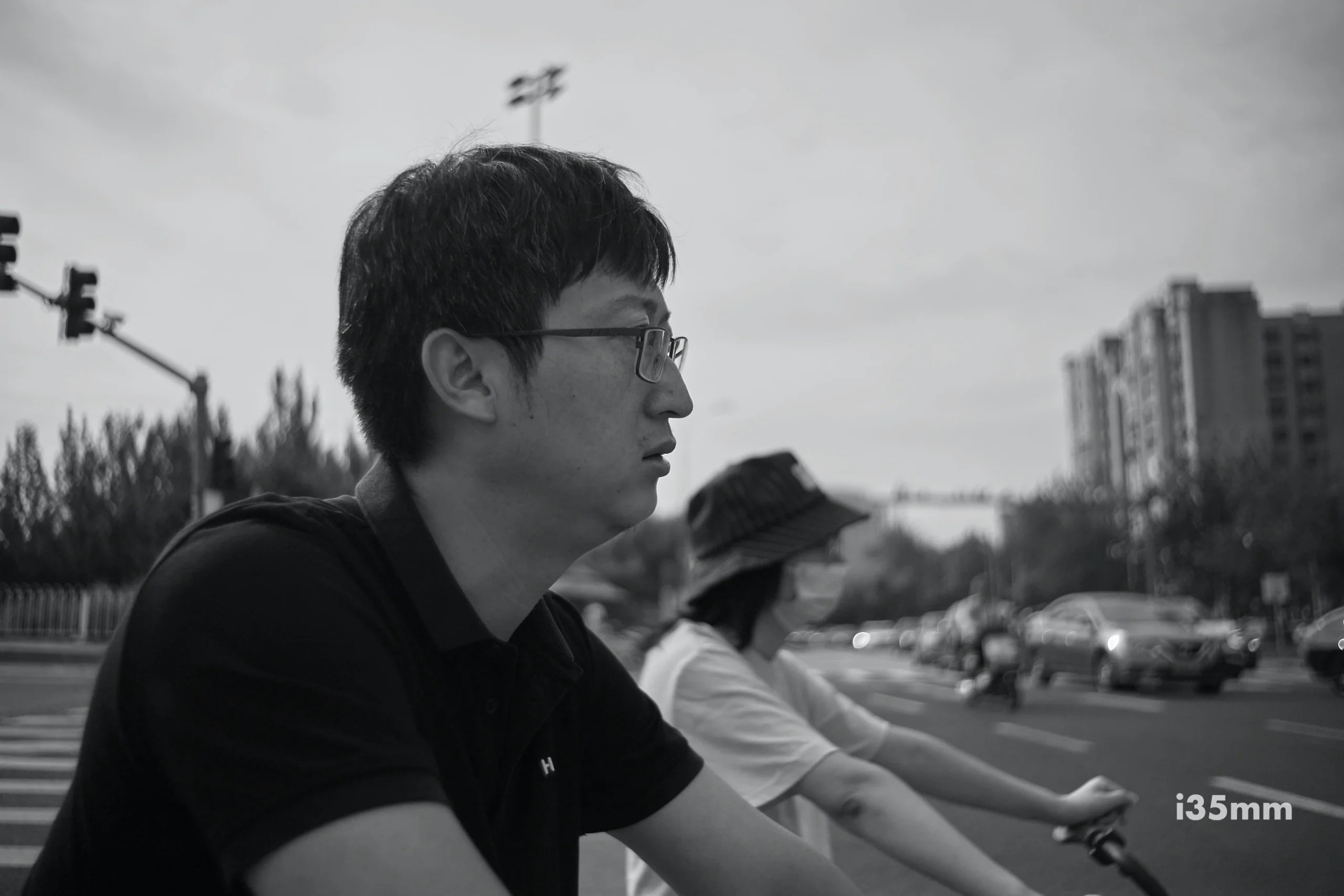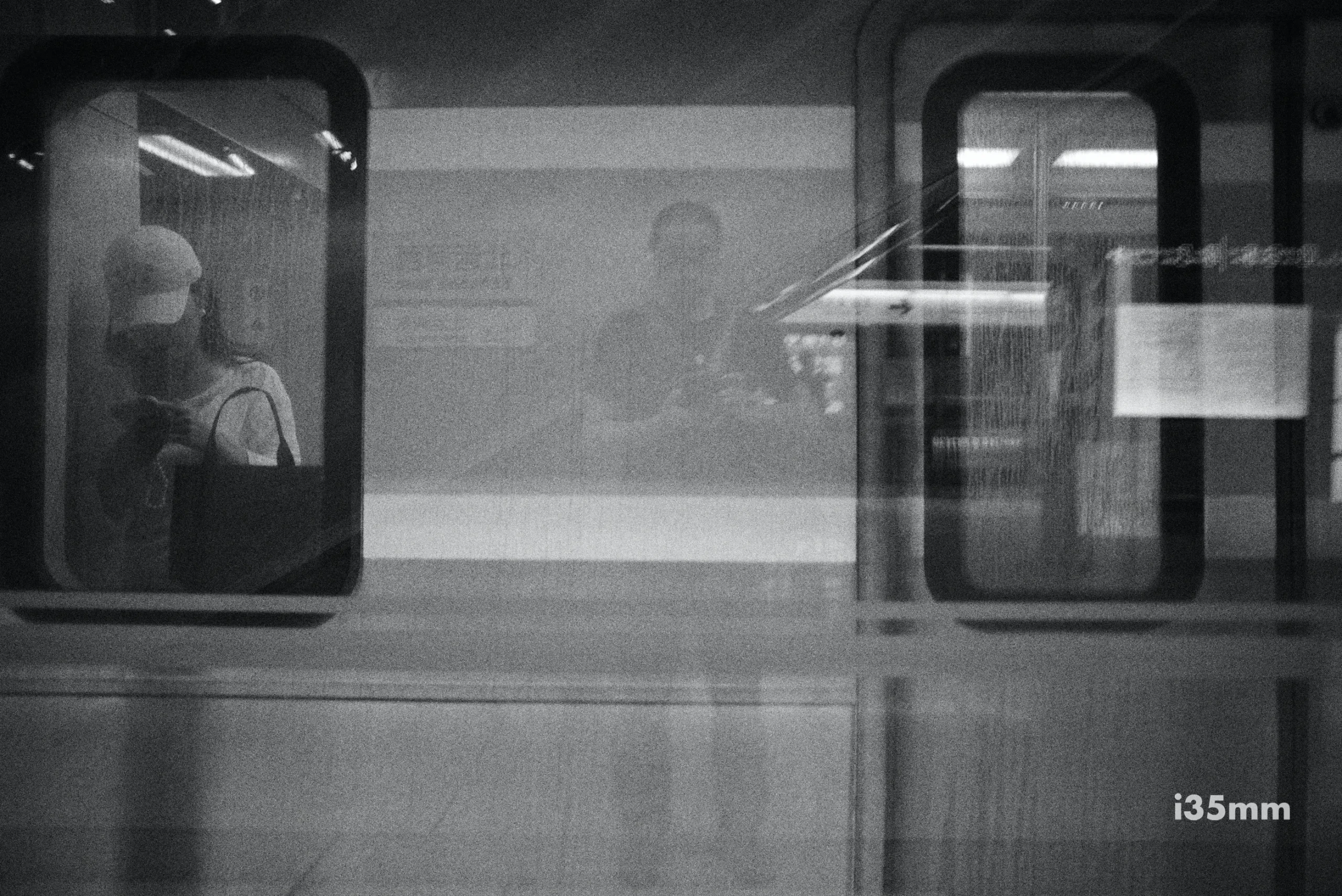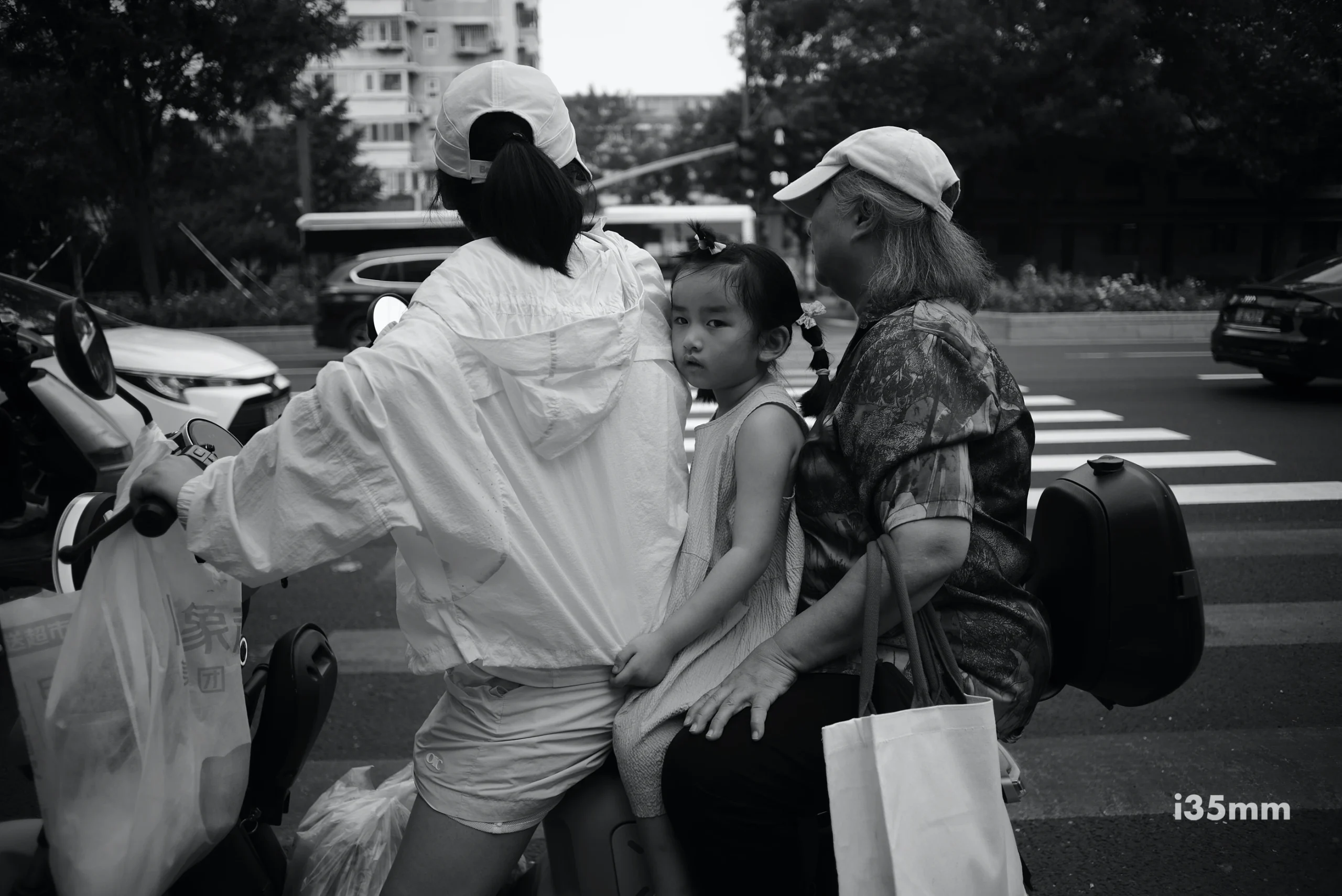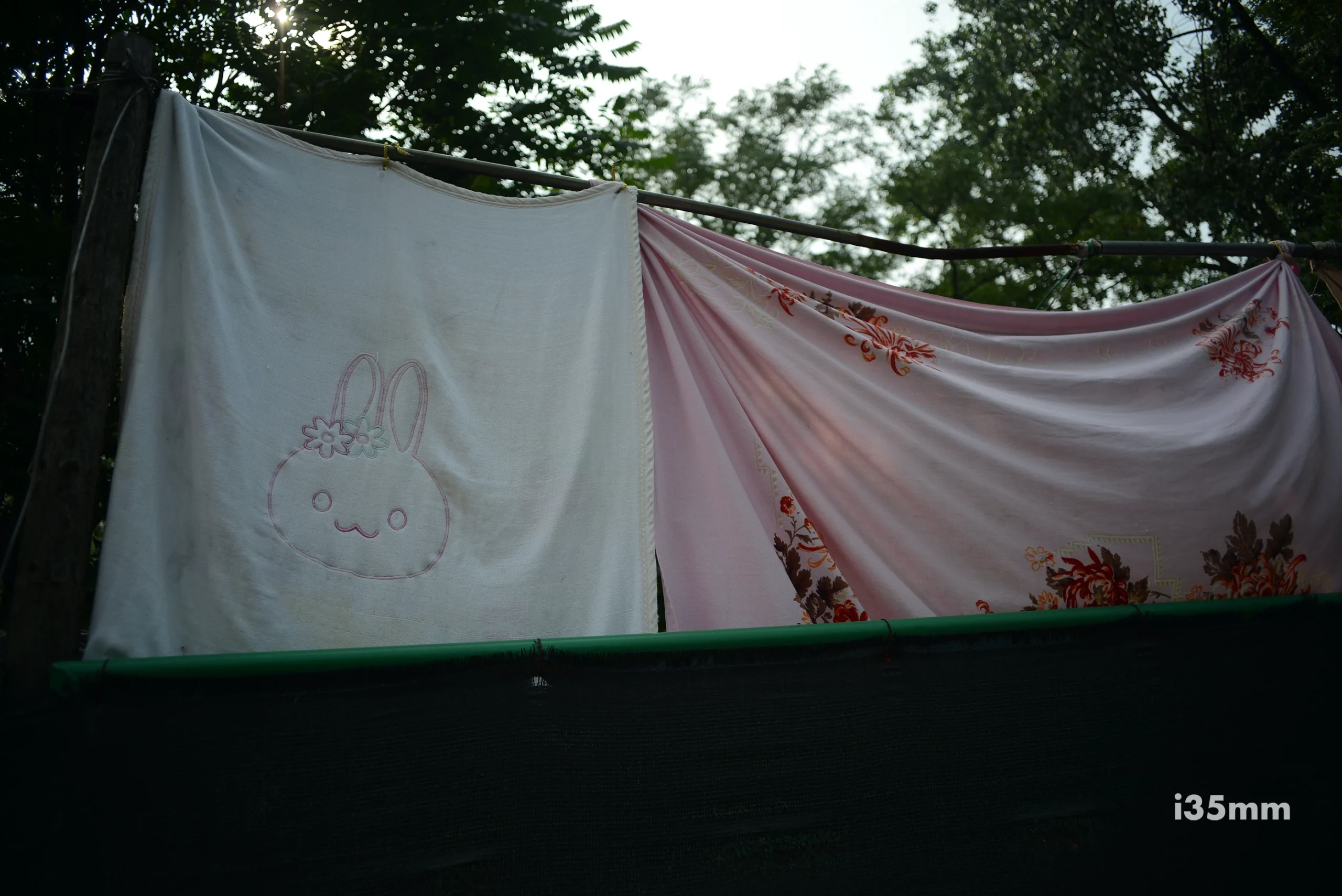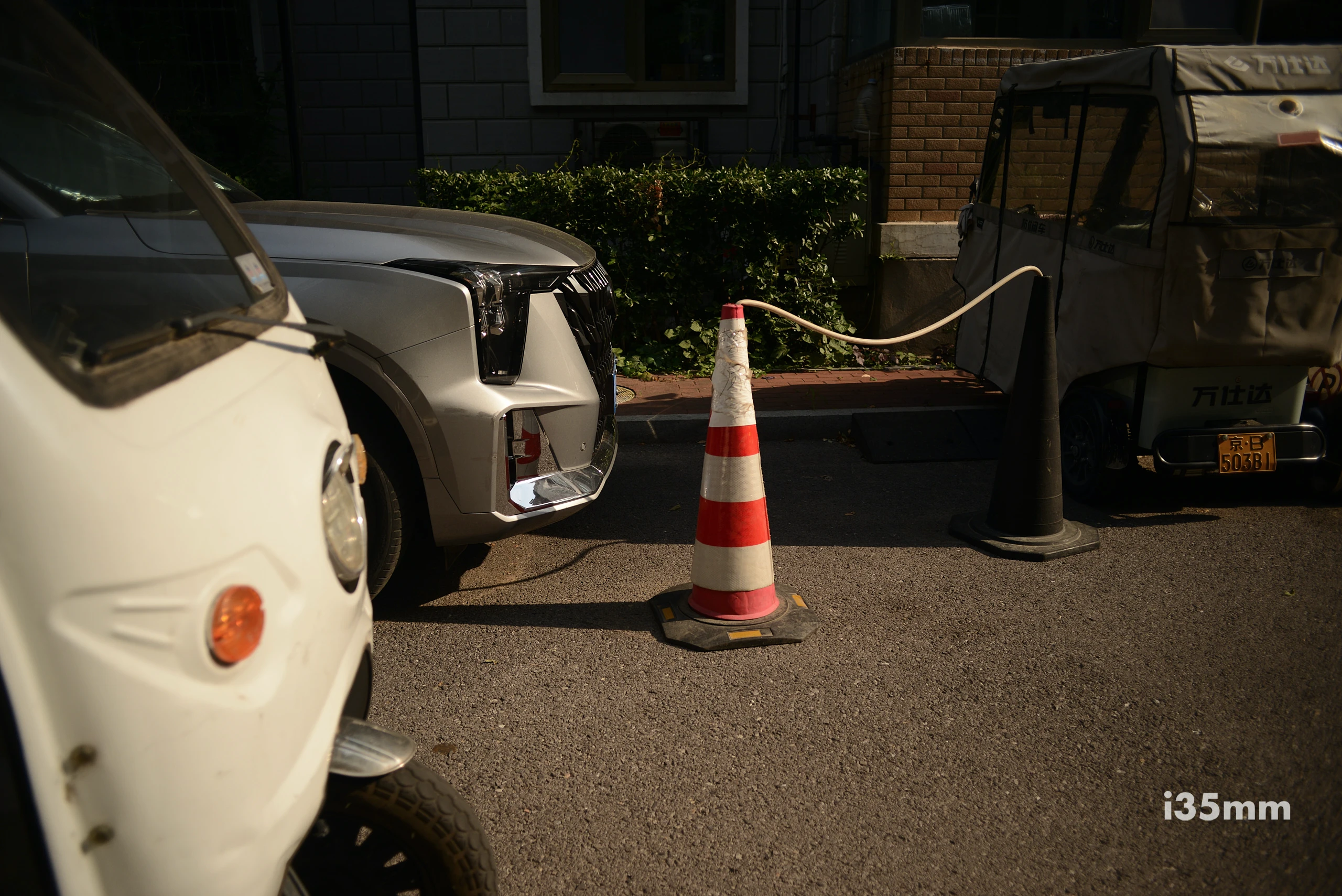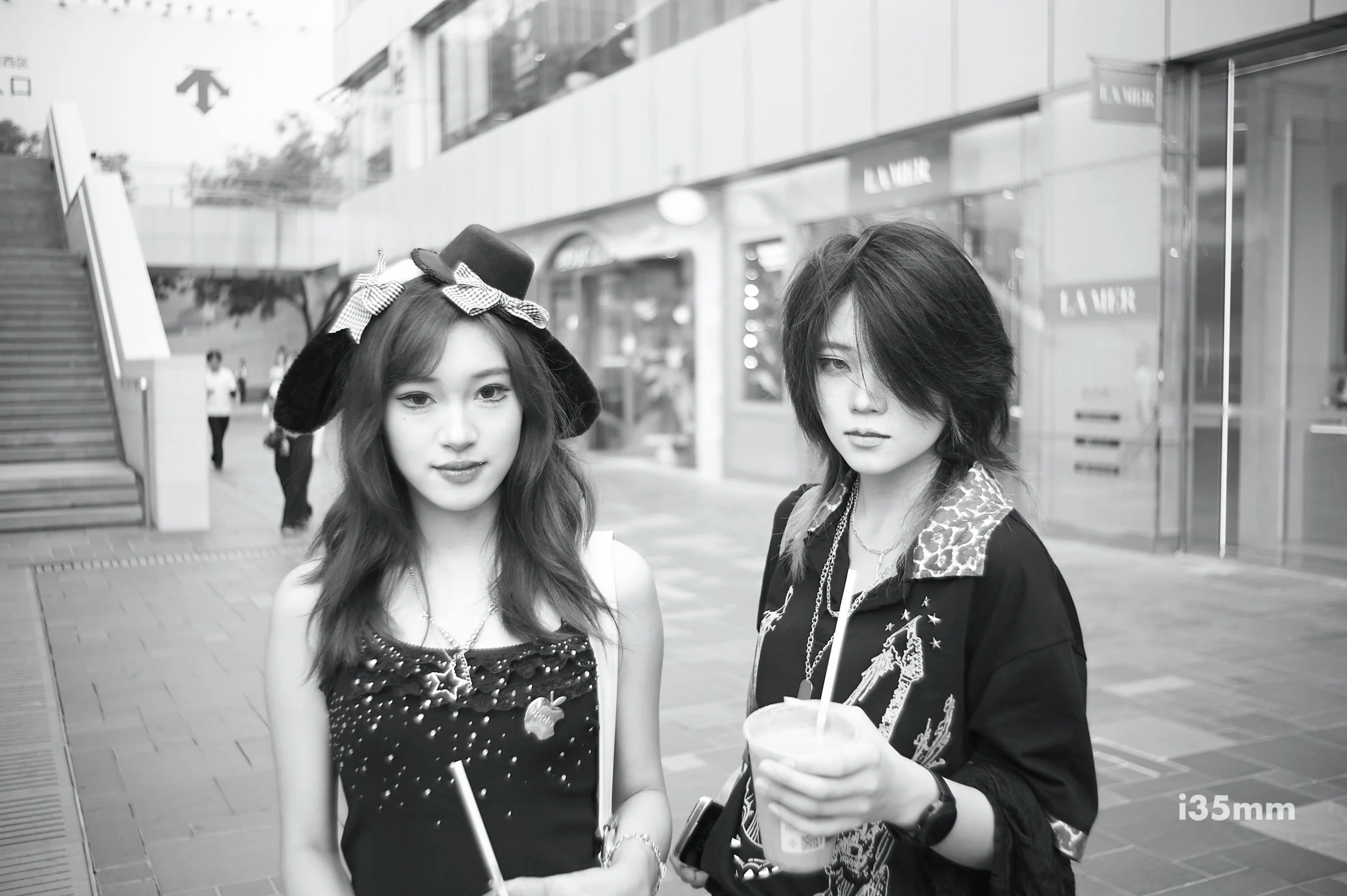
The most delightful moment for a photographer is when you put on a serious face, pretending to be a veteran shooter, and the other person knows you’re just playing the part of a master but doesn’t call you out. But it’s not just photography—how many serious things in life start with stumbling steps and a bit of posturing? That’s what makes street photography so captivating. It’s got a touch of missed focus, a dash of haste, and a sprinkle of solemnity, all coming together to make everything suddenly, beautifully alive.

